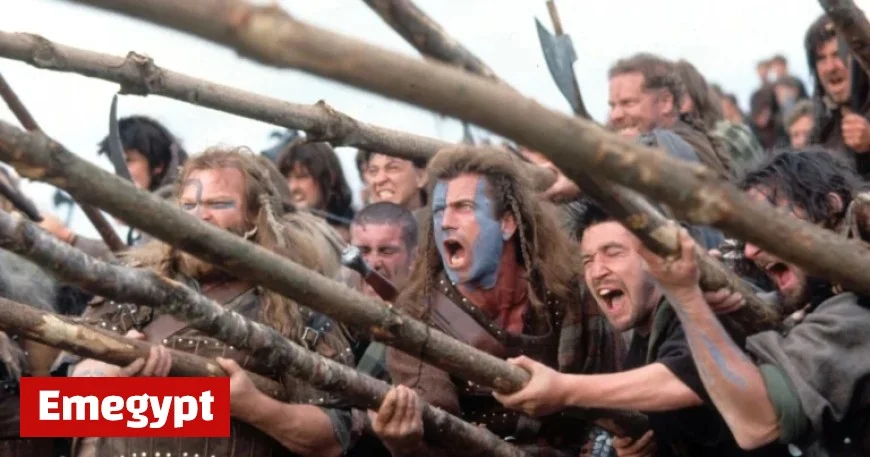Braveheart Prop from Mel Gibson Film Sells at Auction for 4x Expected Price

A prop from the iconic film “Braveheart,” featuring Mel Gibson as William Wallace, has drawn significant attention at auction. The war hammer, a key weapon used in the film, was sold for an astonishing £8,560, far surpassing its estimated value of £2,000.
Significant Sale at Heritage Auctions
The auction took place during Heritage Auctions’ Hollywood Entertainment sale in Dallas, Texas. The war hammer played a pivotal role during the dramatic Battle of Stirling in the 1995 movie, where Wallace fights against the English.
Details of the War Hammer
- Dimensions: 31 inches long and 10.5 inches wide
- Construction: Features a carved wooden shaft and an aluminium metallic head
- Design: Includes a unique adze with four points, designed to pierce armor for special effects shots
- Condition: Some oxidation and scuff marks, typical of production-used items
The auction description noted that the war hammer is remembered for scenes where Wallace bludgeons a British cavalryman. This moment is regarded as one of the most memorable in the film, showcasing the intense battle for Scottish independence.
Other Auction Highlights
In addition to the war hammer, other notable items were sold, including a sword and a wooden stick used by Scottish soldiers during battle scenes, both fetching over £1,000. This event continues to highlight the ongoing popularity and influence of “Braveheart.” Last year, a sword once held by Gibson sold for £60,000.
The Impact of Braveheart
“Braveheart” not only garnered five Academy Awards, including Best Picture and Best Director for Mel Gibson, but also significantly boosted tourism to Scotland. Despite the film’s success, Gibson acknowledged certain historical inaccuracies, particularly regarding the absence of a bridge in scenes from the Battle of Stirling Bridge.
Gibson candidly stated, “Yes, there was a bridge involved in the Battle of Stirling Bridge,” but chose to omit it for cinematic effect. His reflections emphasize that while historical accuracy is important, creative storytelling often takes precedence in the film industry.





























